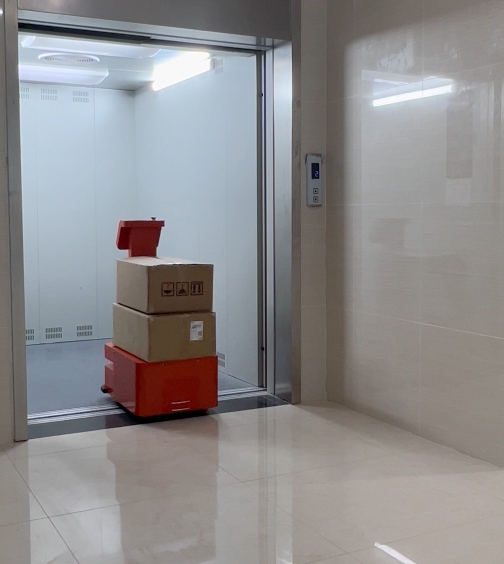Automated Guided Vehicles (AGVs) are innovative robots designed to transport materials to designated locations using various guidance methods such as magnetic tape, laser, and RFID. These robots play a crucial role in enhancing operational efficiency across different industries. Here, we delve into the applications of AGV intelligent handling robots, highlighting their significance and advantages in various sectors.

Types of AGV Guidance Systems
- Magnetic Tape Guidance: This is the most commonly used and cost-effective method. However, it has limitations regarding station setup and can affect the aesthetics of the facility.
- Laser Guidance: Although this method offers high precision, it is the most expensive and requires stringent conditions, making it less commonly adopted.
- RFID Guidance: This method strikes a balance in cost and offers high precision, flexible station setup, and minimal impact on the facility’s aesthetics. Additionally, RFID systems provide high security and stability, making them a preferred choice over magnetic tape and laser guidance.
Applications in Various Industries
- Manufacturing Industry: AGV robots are predominantly used in the manufacturing sector for material handling. They efficiently, accurately, and flexibly execute transportation tasks, significantly enhancing production line flexibility and competitiveness. Multiple AGVs can form a flexible logistics system, with transportation routes easily adjustable to accommodate changes in production processes. This adaptability allows a single production line to manufacture various products, boosting operational flexibility and efficiency. AGVs are extensively used in machinery processing, home appliance production, microelectronics manufacturing, and tobacco industries.
- Specialized Industries:
- Military: AGVs, integrated with detection and dismantling equipment, are used for battlefield mine clearance and reconnaissance. For instance, the UK’s MINDERRecce is an autonomous reconnaissance vehicle equipped with mine detection and destruction capabilities.
- Steel Industry: AGVs are employed to transport furnace materials, reducing the labor intensity of workers.
- Nuclear Facilities: AGVs transport items in nuclear power plants and radiation-based storage facilities, ensuring safe handling of radioactive materials.
- Dark Warehouses: In environments like film and photo warehouses, AGVs can accurately transport materials in complete darkness. Miklimy has developed AGV robots for weapon maintenance and mining applications.
- Service Industry: In the future, AGV robots are expected to revolutionize the service sector, particularly in restaurants, where they can be utilized for tasks like delivering food, serving tea, and other basic labor-intensive activities.
- Food and Pharmaceutical Industries: AGVs are highly regarded in industries requiring clean, safe, and pollution-free handling of materials, such as pharmaceuticals, food, and chemicals. Their application ensures compliance with stringent hygiene and safety standards, making them an essential component in these sectors.
Conclusion
AGV intelligent handling robots are transforming various industries by providing efficient, accurate, and flexible material handling solutions. Their diverse applications in manufacturing, specialized industries, service sectors, and food and pharmaceutical industries highlight their versatility and significance. As technology advances, the role of AGVs is expected to expand, further enhancing productivity and operational efficiency across different domains.






